The 2025 Fulfillment Shift: How Amazon MCF Now Powers Shein, Walmart, and Shopify Orders
Reading Time: 11 minutesThe eCommerce shift you actually need to act on Multi-channel fulfillment has…
If you want to build “just another storefront”, then there are many options. But if you want to build the kind of a storefront that beholds your business needs with a smooth buying and selling experience then there is no other platform than Shopify. What you’re going to read further will only resonate with the above statement. Shopify Unite 2022 was about how it’s ecosystem is democratizing retail. It wants to make eCommerce easy, accessible, and highly personalized.
Shopify is the best platform to start your eCommerce journey. Yes, it is true. You can find all the answers in Shopify Unite. It is anannual partner and developer conference where industry experts discuss how Shopify is making commerce better for buyers and sellers.
The event begins with an opening note from Tobias Lutke (founder & CEO of Shopify) followed by speakers highlighting what their team is up to.
Last year’s Unite was about Shopify 2.0, customizations through meta field, new Shopify theme, and introduction to Hydrogen & Oxygen. Here’s the full video of it –
Shopify Unite 2022 was organized in London, Toronto, & Melbourne. During this event, leaders talked about how they are changing the facets of customizing Shopify storefronts. his year, Shopify didn’t announce any significant launches. Instead, this year’s Unite was about how they will take things further in 2023 onwards. Here are the major highlights of the event –
A headless approach helps businesses separate their front and back end touchpoints. This architecture gives merchants the freedom to enrich customer journey. But headless storefronts are pretty expensive to build.
At Shopify Unite, developers discussed blending Shopify 2.0 templates and headless. This will enable merchants to create highly customized storefronts. Which is a win-win situation for a merchants and developers.
As a result, merchants will not face multiple issues. For example, choosing a framework, building primitives for cart and product selection, performance, testing accessibility, hosting scaling, observability, and analytics. On the other hand, developers get room to customize stores exactly the way their clients aspire.
As a merchant, you can use Shopify 2.0 as a base. With hydrogen, you can add additional features in your storefront. This approach unlocks headless commerce without you abandoning Shopify 2.0. Additionally, it is now easy to achieve custom functionality. But, Hydrogen platform is open to merchants who are using Shopify Plus plan.
This is done through Shopify Functions. It is a new framework that allows developers to customize the backend logic. But these functions are now limited to discounting logic. But in the near future, Shopify will open new possibilities.
Now, you can personalize your checkout process. Which was previously used to be a one-shoe-fits-all. Shopify functions are available only to Shopify Plus merchants.
Starting 2023, Shopify will unlock it’s backend and allow merchants to customize their store’s checkout process. Isn’t it amazing?During the Shopify Unite event, developers presented the following ways to make it happen –
To get all the insights on how Shopify is democratizing it’s checkout, watch the video below –
The internet is nothing but a large room of valuable content. Shopify is here to take things to a whole new level when it comes to content management.
Content models are ways to define new types of content composed of text, media, and other resources. It will allow merchants to create custom content which they can manage through meta fields. Shopify’s content platform will allow merchants to –
Shopify Unite 2022 was not just restricted to the above pointers. There were rounds of discussions between partners, developers, expert agencies, and the core team. But everything revolved around how they are making Shopify’s ecosystem fall in favor of merchants.
We are about to enter yet another near and Shopify has got some crazy plans. It is set to make 2023 bigger and better for merchants who aspire to sell online. This was all about Shopify Unite 2022.
Stay tuned for more such updates.
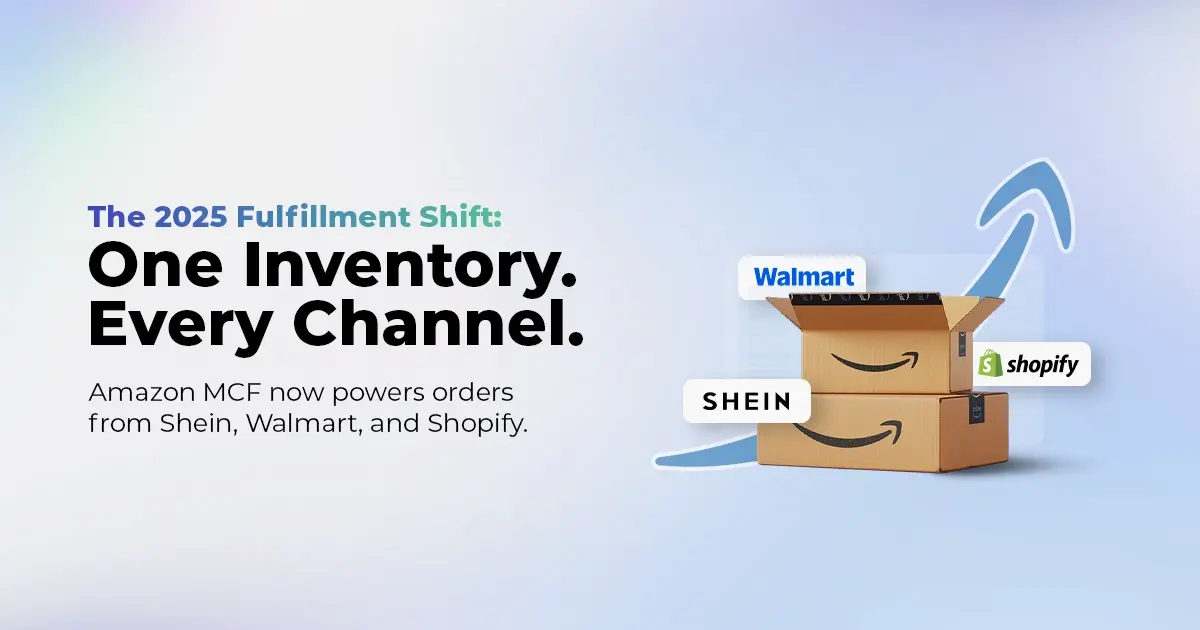
Reading Time: 11 minutesThe eCommerce shift you actually need to act on Multi-channel fulfillment has…
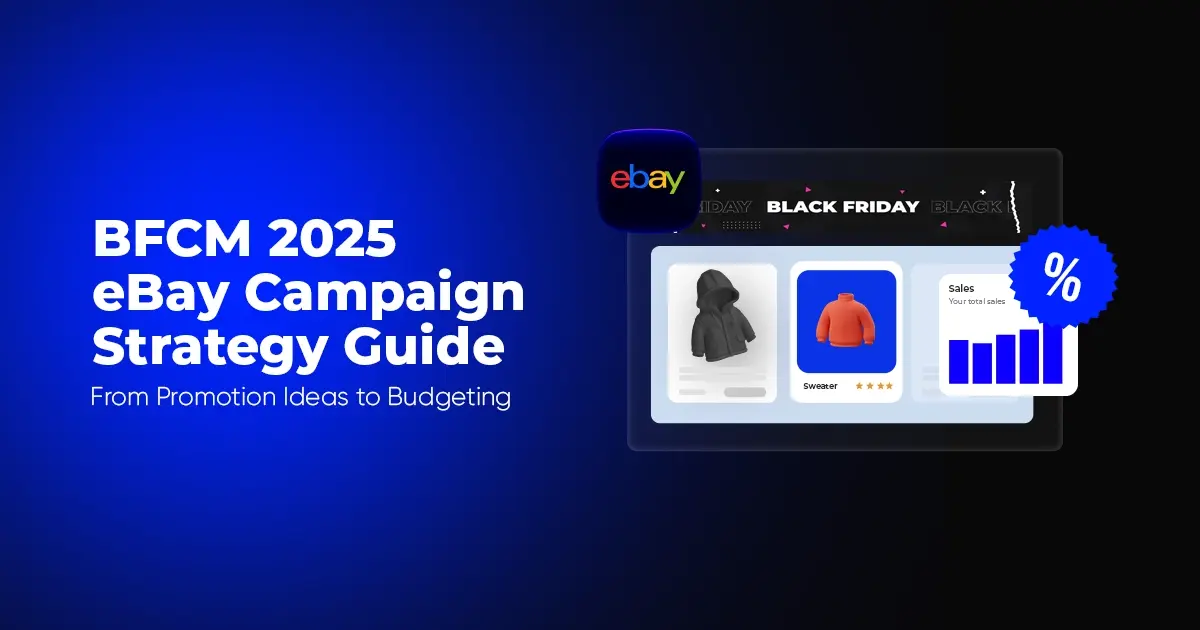
Reading Time: 10 minutesBlack Friday Cyber Monday (BFCM) isn’t a weekend anymore; it’s a two-month…

Reading Time: 2 minuteseBay is quietly testing a new feature that could reshape how buyers…

Reading Time: 2 minutesAmazon is stepping into a new era of value commerce with the…
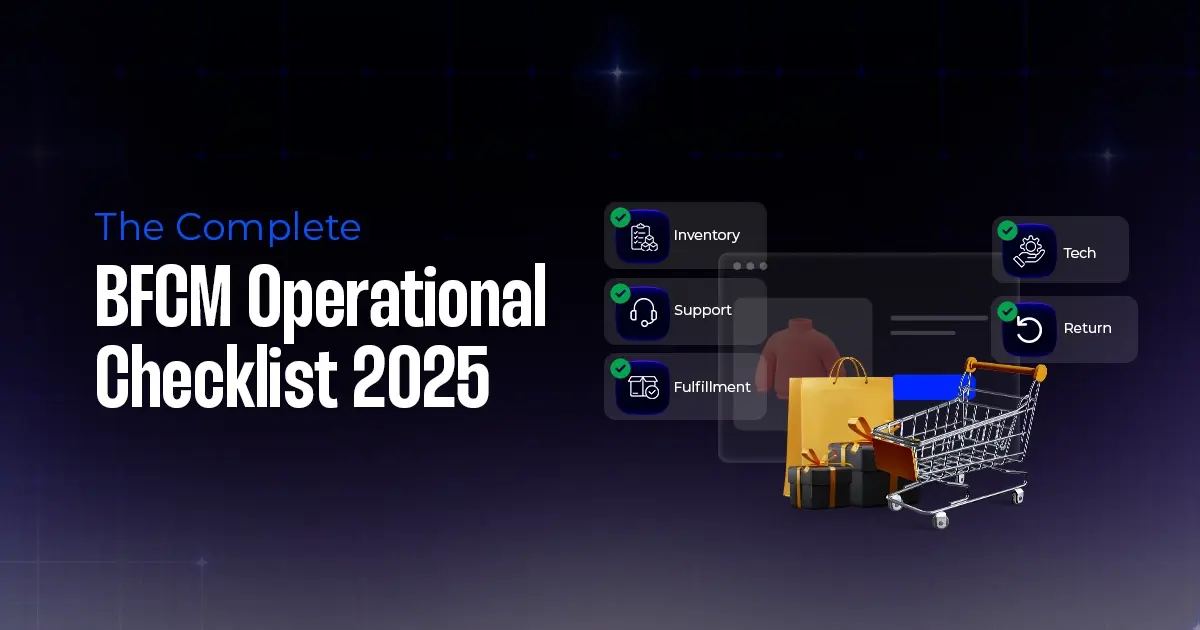
Reading Time: 11 minutesThe $240 Billion BFCM Opportunity & Why Operations Matter Every seller, business,…
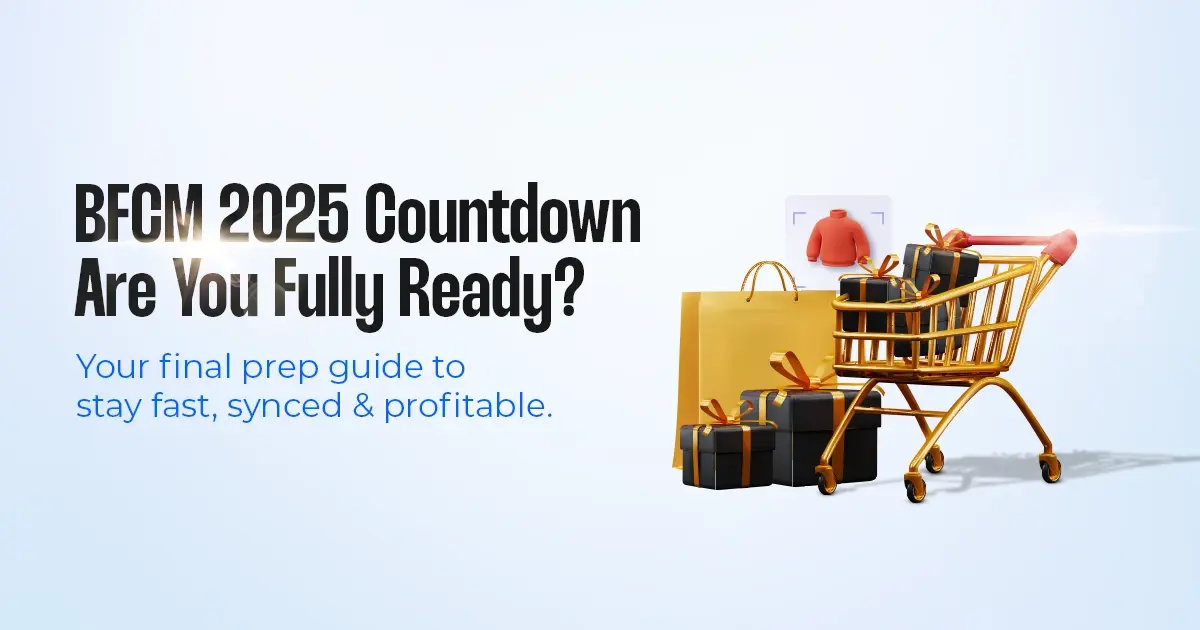
Reading Time: 7 minutesTL;DR — Your 60-Second BFCM Battle Plan Time remaining: 3 weeks until…

Reading Time: 2 minutesChina’s Double 11 shopping festival — the world’s largest annual online retail…

Reading Time: 2 minutesAs the holiday season approaches, TikTok Shop has released its September 2025…

Reading Time: 3 minutesIn a continued effort to enable sellers and stimulate new product launches…
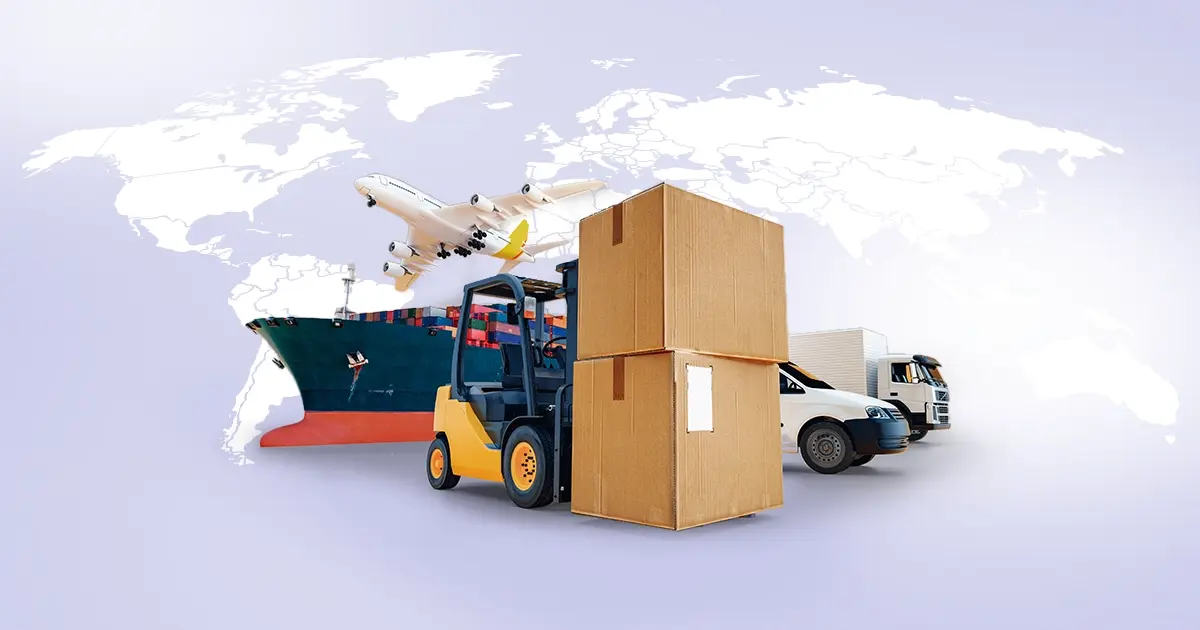
Reading Time: 2 minutesAs global trade enters a new phase of regulation and cost restructuring,…

Reading Time: 2 minutesOpenAI Turns to Amazon Web Services in $38 Billion Cloud Deal: What…
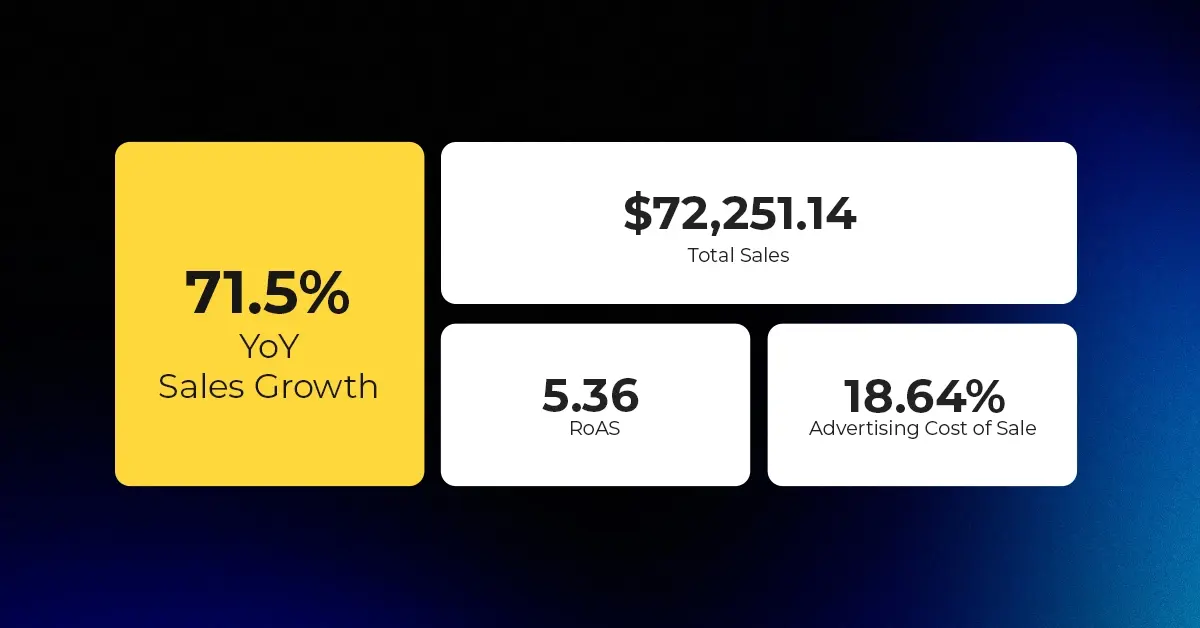
Reading Time: 4 minutesAbout the Client TMRG is a global health and wellness brand with…

Reading Time: 2 minutesAmazon Begins Quarterly Tax Reporting to China: A New Era of Cross-Border…
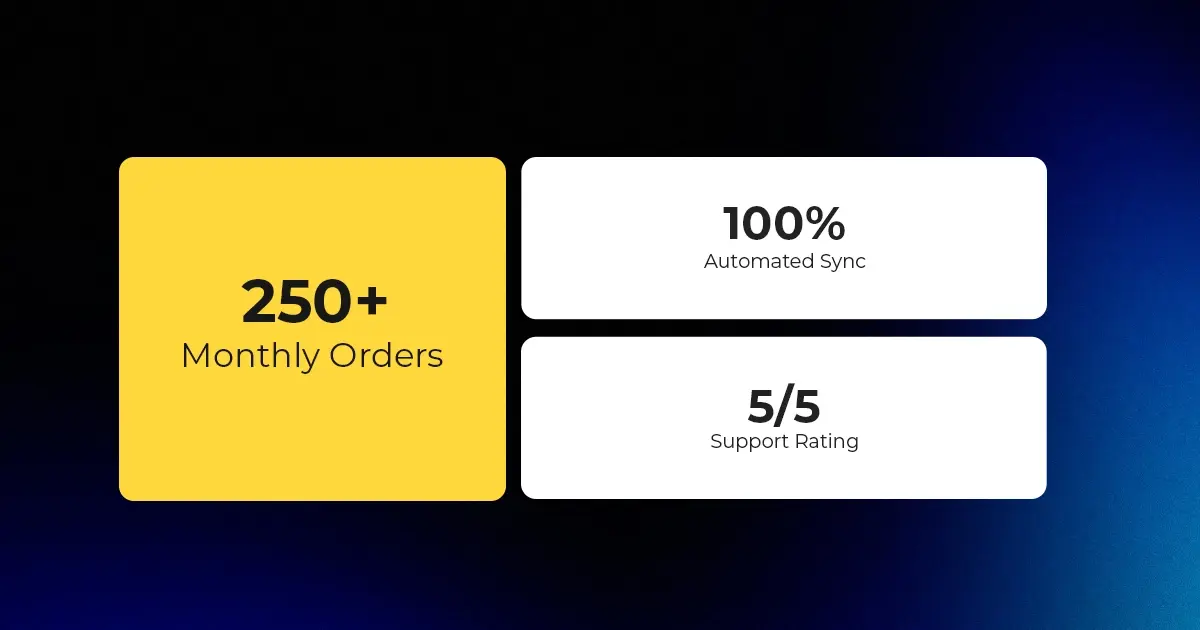
Reading Time: 2 minutesAbout the Brand Name: Stylecraft Industry: Home Décor & Lighting Location: US…

Reading Time: 2 minutesAbout the Brand Name: Flag Agency Industry: Digital Retail & Brand Management…

Reading Time: 2 minutesAbout the Brand Name: Stadium Goods Industry: Sneakers, Apparel & Collectibles Location:…

Reading Time: 11 minutesHalloween 2025: The Creative Seller’s Goldmine In the age of viral décor…

Reading Time: 2 minutesOverview AliExpress has launched a new global scheme — the Best Price…

Reading Time: 3 minutesEtsy, Inc. (“Etsy”) today announced two major developments: the appointment of Kruti…

Reading Time: 2 minuteseBay posted a strong performance in Q3 2025, with revenue and gross…